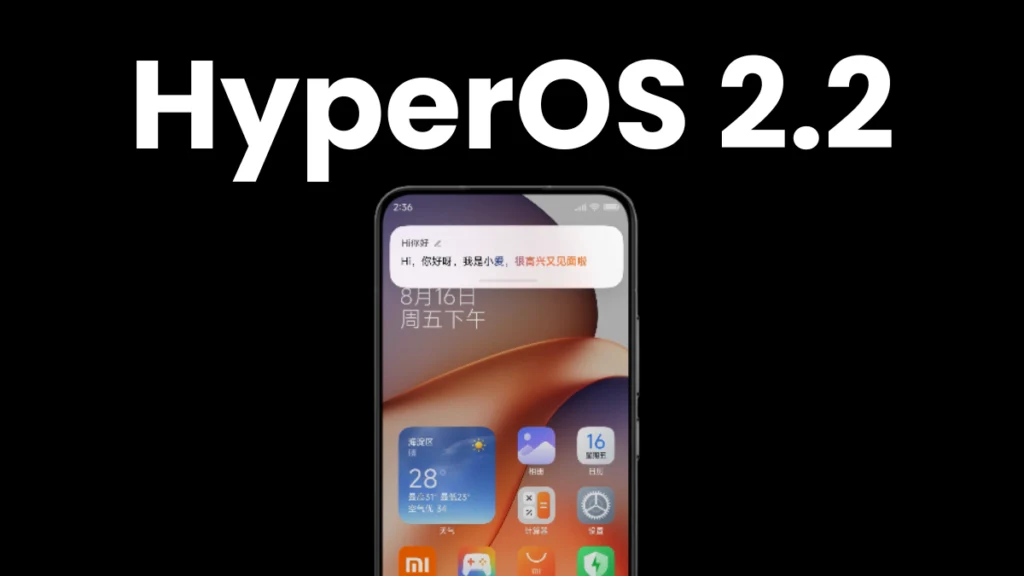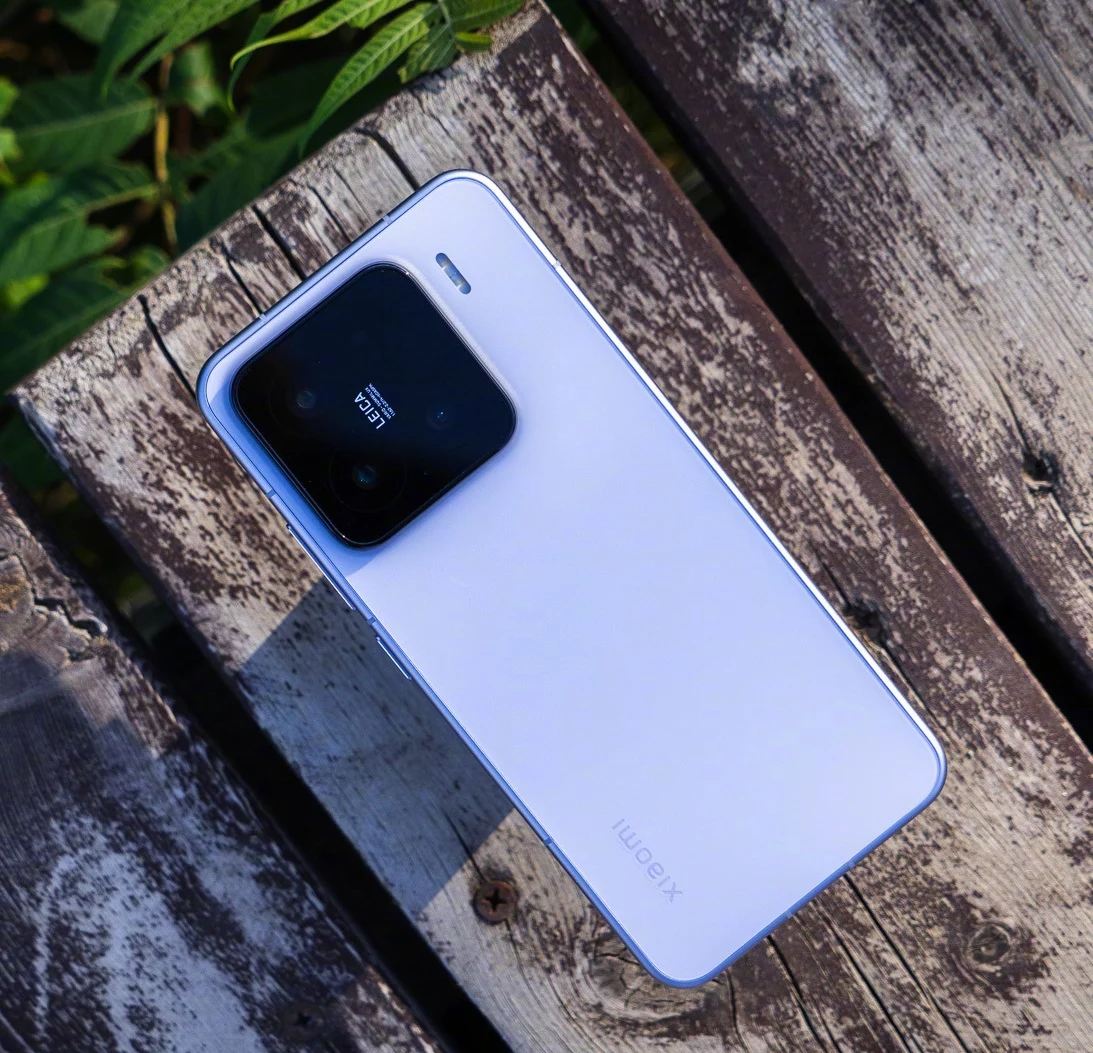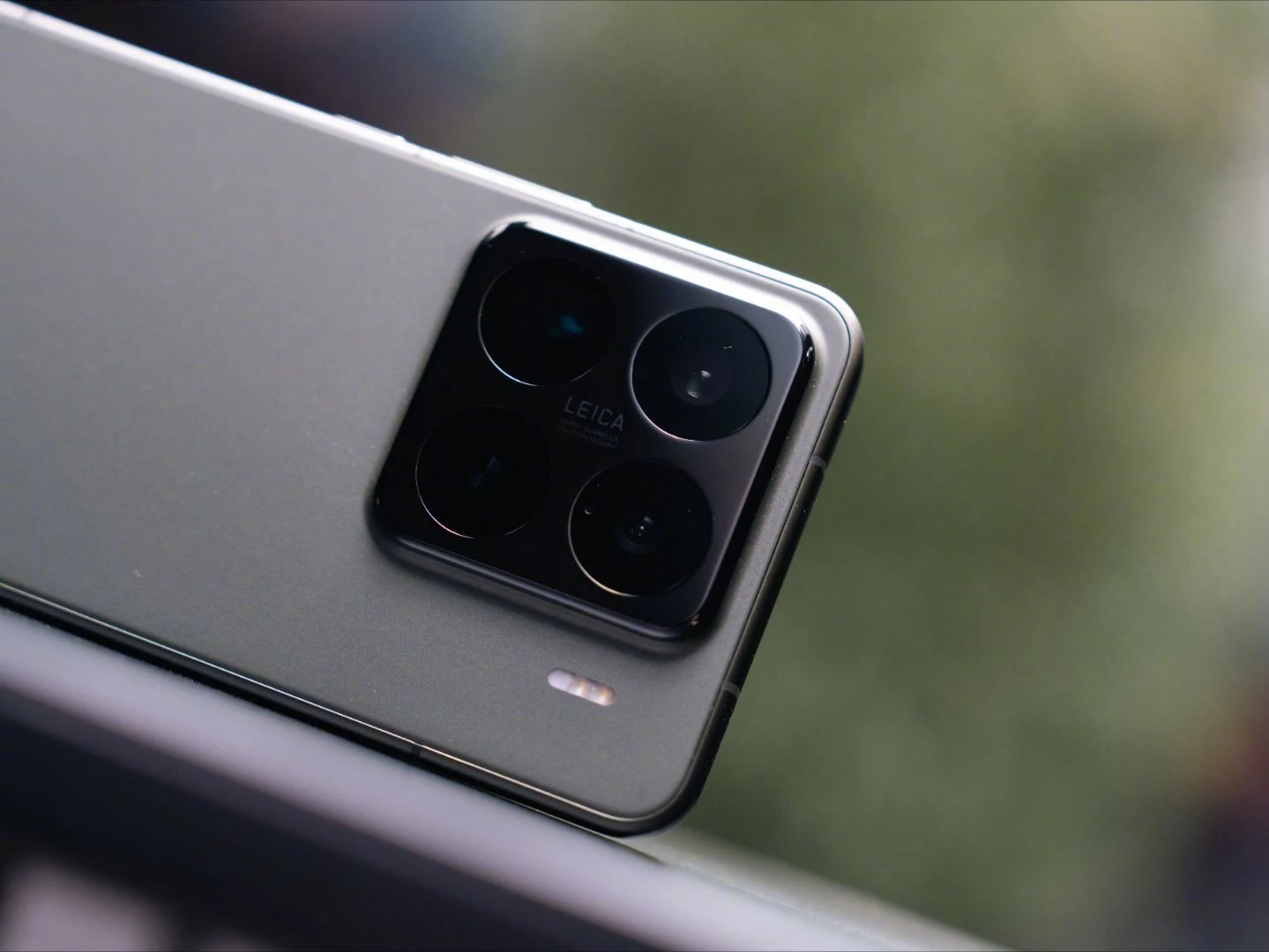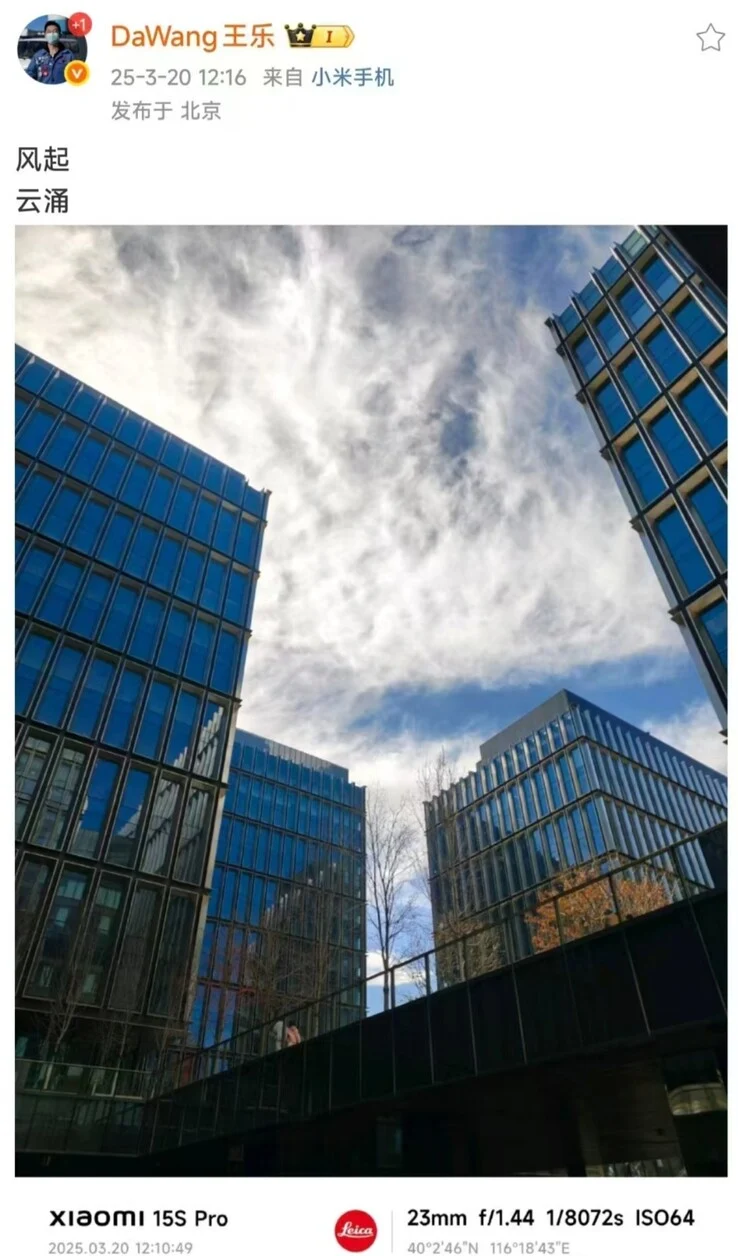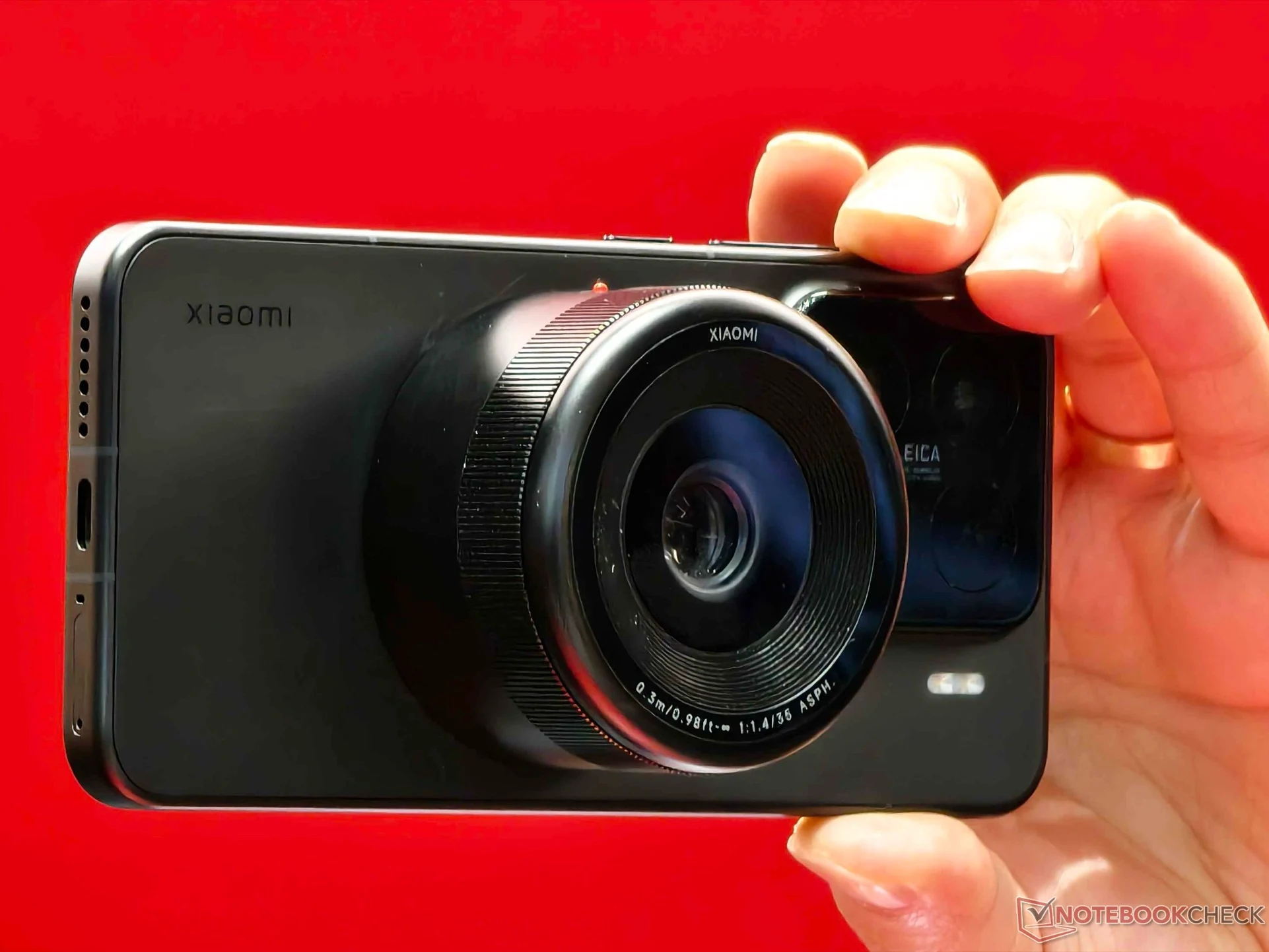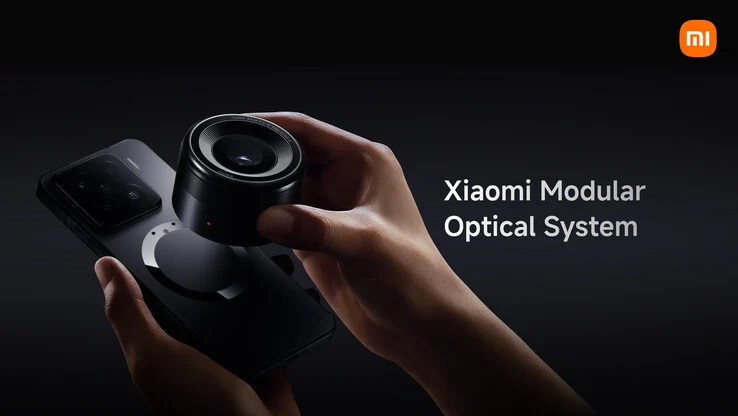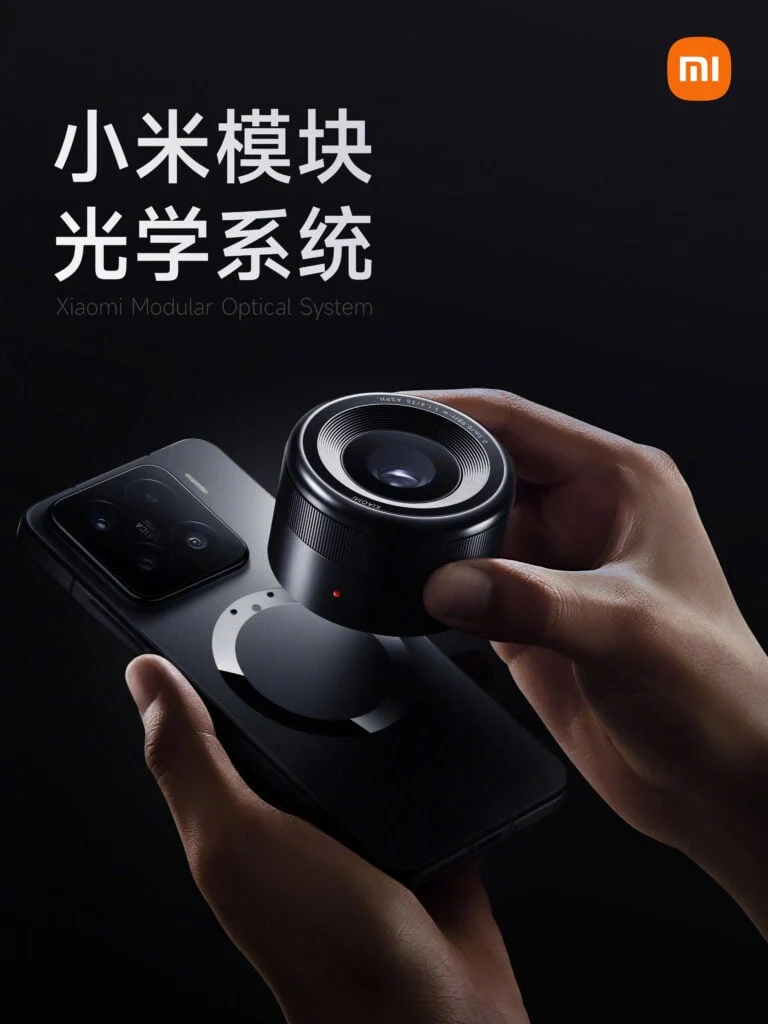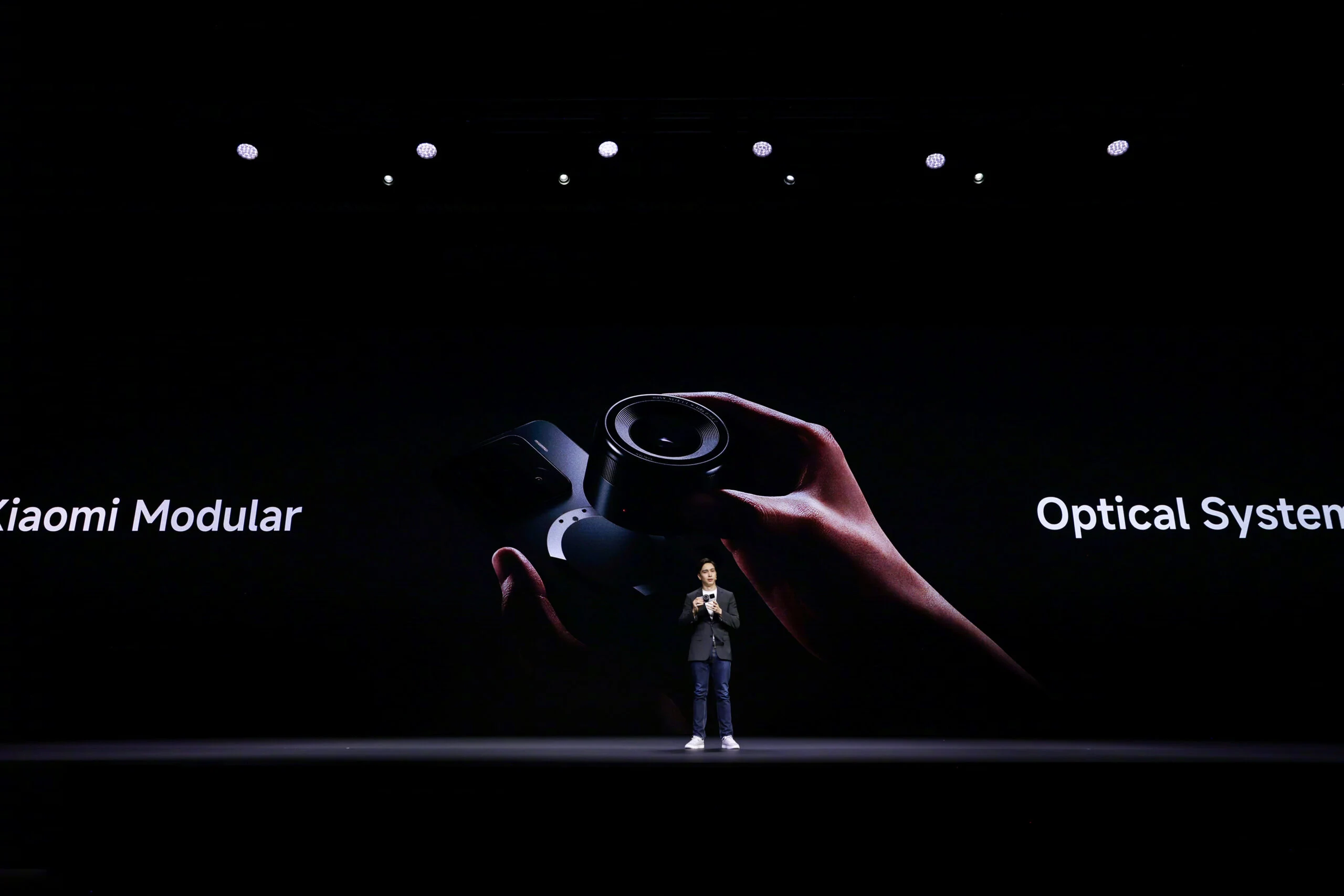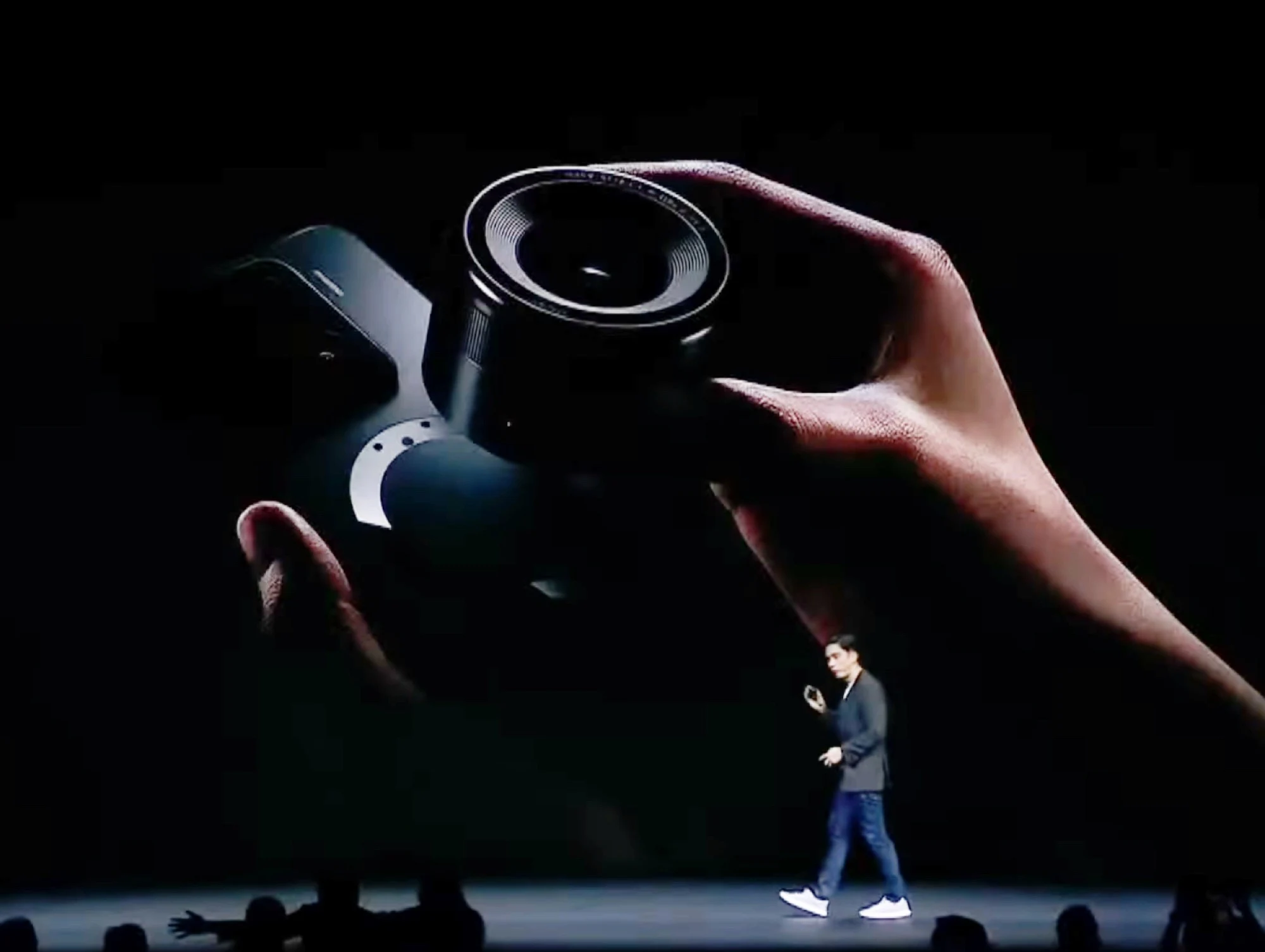Key Takeaways
1. OnePlus 13T achieved impressive sales, generating CNY 200,000,000 ($27.5m) in just ten minutes and setting a record for offline pre-orders.
2. The phone is competitively priced at CNY 2,899, significantly lower than flagship models like the Xiaomi 15.
3. Modern design changes have made the 6.3-inch OnePlus 13T comparable in size to older, smaller models, despite not being traditionally “compact.”
4. The trend for compact phones is primarily seen in China, with many new models not planned for international release.
5. Global consumers have limited options for compact premium Android devices, with only a few models currently available.
After a long wait filled with teasers, OnePlus has finally unveiled its 13T in China last month, marking its entry into the growing market of premium compact phones. The OnePlus 13T has achieved remarkable sales since its launch, suggesting a strong interest in this segment.
Impressive Sales Figures
According to Louis Lee, the President of OnePlus China, the OnePlus 13T saw extraordinary sales right from the start, with the company raking in CNY 200,000,000 ($27.5m) in just ten minutes. He also mentioned that the 13T surpassed all its similarly priced competitors and set a new company record for the highest number of offline pre-orders.
Competitive Pricing
Interestingly, the OnePlus 13T is priced lower than many flagship models in China, retailing at CNY 2,899 compared to the Xiaomi 15’s CNY 4,499 MSRP. This suggests a strong appetite for compact premium phones in the Chinese market. Other manufacturers are also catching on, with new models like the Vivo X200 Pro mini, OPPO Find X8s, and Xiaomi 15 all launching in the current-gen premium category, roughly around the 6.3-inch size.
Changing Perceptions of Size
While some might argue that a 6.3-inch phone isn’t precisely compact, the design changes, such as taller display ratios and slimmer bezels, have made modern devices of this size comparable to older, smaller models. For instance, the 6.32-inch 13T is actually smaller overall than the 5.5-inch Samsung Galaxy S6 Edge.
Sadly, this rising trend for compact phones hasn’t made much impact on the global market and seems to be mostly confined to China. Both the Vivo X200 Pro mini and OPPO Find X8s aren’t planned for international release. Similarly, the OnePlus 13T is set to launch in India only as the OnePlus 13S.
Source:
Link


